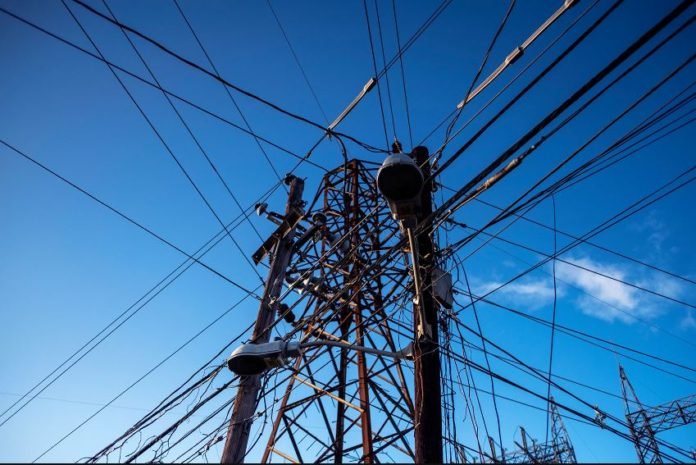The government of Nigeria and Sun Africa have inked a deal to reduce the gap in access to electricity between the country’s urban and rural areas through the extension of the national electricity grid in underserved states.
The two are set to partner and install solar energy production systems in a dozen localities poorly served by the national electricity network. As part of this energy policy, the authorities of this West African country have obtained a loan of US $1.5bn from the American export credit agency Exim Bank.
READ:Soetwater wind farm in South Africa commissioned
Electricity access rate
These funds, mobilised by the American company Sun Africa (a supplier of off-grid solutions), will enable the implementation of numerous renewable energy projects, in particular solar photovoltaic stations with a duration of twenty years.
“The federal government is continuing to work with the private sector to improve access to energy, create jobs and develop industry,” said the President of the Republic of Nigeria, Muhammadu Buhari.
With a gross domestic product (GDP) of 432.3 billion dollars in 2020 according to the World Bank, Nigeria, as the largest economy in Africa, has an electricity access rate of 60%, of which only 34% is in rural areas. 85 million people do not have access to electricity in Africa’s most populous country with 206 million inhabitants. It is in these areas not served by the network that the British company Bboxx began in 2020 several investments aimed at electrifying at least 20 million Nigerians by 2030.
It is also in this context that the African Development Bank (AfDB) granted a 1.5 million dollar grant via the Sustainable Energy Fund for Africa (SEFA) in May for a 1 GW solar power project in Jigawa. The state is located in northern Nigeria. The funding will allow the finalization of technical studies and a detailed master plan for the project, which aims to produce 1 GW of clean electricity over an area of about 2,000 hectares.





[…] READ: Nigeria, Sun Africa ink US $1.5bn deal for electrification […]
[…] READ;Nigeria, Sun Africa ink US $1.5bn deal for electrification […]